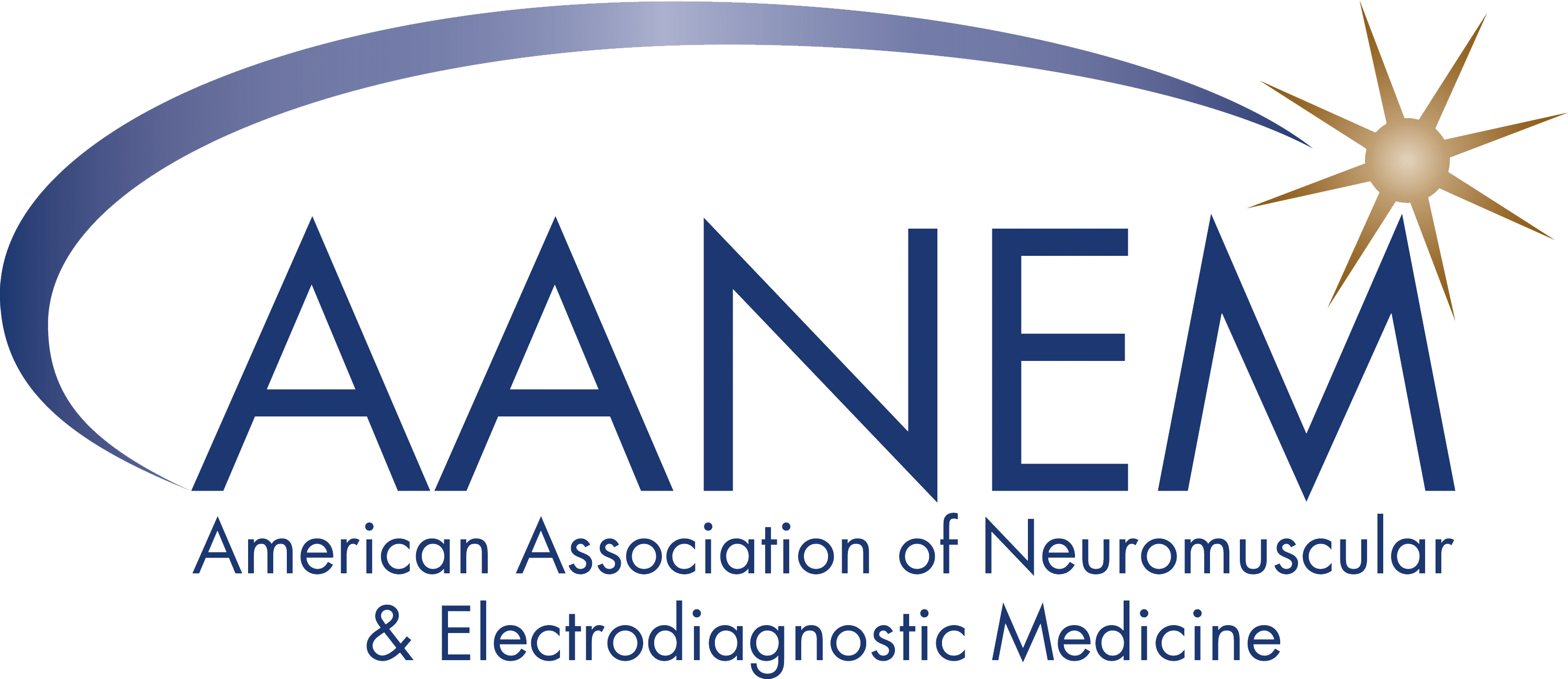Proper Performance of Autonomic Function Testing
Introduction
Autonomic testing is a type of electrodiagnostic (EDX) medicine and clinical neurophysiology testing which can be used to assess sympathetic and parasympathetic neural pathways. While nerve conduction studies and needle electromyography provide information regarding large diameter myelinated fibers, the focus of autonomic testing is small diameter myelinated and unmyelinated fibers. By studying the function of these fiber pathways, autonomic testing is designed to evaluate a spectrum of clinical scenarios including small fiber autonomic involvement in suspected peripheral neuropathy, conditions associated with orthostatic intolerance, putative autonomic dysfunction in extrapyramidal and other central nervous system syndromes, paroxysmal conditions which may result from episodic abnormalities of the autonomic nervous system, and related disorders. Autonomic testing in EDX medicine may be employed as part of a multidisciplinary evaluation of autonomic function which may include collaborative evaluations with colleagues in a wide range of medical specialties such as ophthalmology, cardiology, endocrinology, gastroenterology, internal medicine, nuclear medicine, urology, and others.
Qualifications and Training
It is the AANEM’s position that in order to perform and interpret diagnostic studies of the autonomic nervous system appropriately and ensure quality patient care, the individual performing the studies must be a physician with special training in the diagnosis and treatment of disorders of the autonomic nervous system and in the application of particular neurophysiological techniques to study these disorders. The AANEM believes that the physician should have completed formal residency training in neurology, internal medicine, physical medicine & rehabilitation, or pediatrics and also be prepared to demonstrate appropriate clinical expertise in autonomic disorders. Such training should include detailed medical education on the:
- Anatomical organization and functions of the central autonomic control centers
- Parasympathetic, sympathetic, and enteric nervous systems
- Basis of autonomic neurotransmission
- Pharmacology of drugs affecting the autonomic nervous system
- Clinical and laboratory diagnosis of central and peripheral disorders of autonomic function
- Indications, techniques, and limitations of noninvasive recordings of arterial pressure, heart rate, and sudomotor output including theoretical and practical knowledge of the equipment used to obtain those recordings
- Performance and interpretation of tests of orthostatic tolerance, adrenergic, cardiovagal, and sudomotor function
Appropriate Performance
The necessary steps for an appropriate EDX evaluation using autonomic testing are as follows:
Development of a differential diagnosis by a trained physician, based upon an appropriate history and physical examination performed by this physician. Once a physician has determined the preliminary differential diagnosis, a technician may perform the tests selected by the physician. It is the position of the AANEM that supervision by a physician, as defined by Medicare, is the minimum standard recommended for all autonomic testing.
Techniques used to study autonomic function include specific tests to evaluate cardiovagal, vasomotor adrenergic and sudomotor function. Cardiovagal testing can provide an early marker of autonomic parasympathetic dysfunction. Tests of sympathetic adrenergic function are the primary method for evaluating patients with syncope, orthostatic hypotension, postural orthostatic tachycardia syndrome, and postural dizziness. Sudomotor tests assess the integrity of pathways that control sweat function. For additional information on the appropriate performance, review the recent statement by the American Academy of Neurology on Autonomic Testing.1
A standard battery of autonomic tests (including tests of cardiovagal, vasomotor adrenergic and sudomotor function) is often used to investigate the integrity of the autonomic nervous system in patients with suspected autonomic disorders. However, it is the AANEM’s position that the exact battery of tests may vary from patient to patient depending on the clinical scenario. Tests that assess the clinically relevant pathways are recommended.
The AANEM recommends the following series of tests as reliable and reproducible.
- For evaluation of sudomotor function: quantitative sudomotor axon reflex testing, thermoregulatory sweat testing, induced silastic skin imprints, and the sympathetic skin response.
- For evaluation of cardiovagal function: heart rate response to deep breathing, Valsalva ratio, and postural change.
- For evaluation of vasomotor adrenergic function: continuous beat-to-beat heart rate and blood pressure response to a Valsalva maneuver, tilt table test, or active standing.
If not otherwise contraindicated, medications that may confound the results of autonomic testing should be held for an appropriate period of time before testing is done. Before results can be interpreted as normal or abnormal, it is important that the physician consider other factors that can cause an abnormal result including the beat-to-beat blood pressure setting, room temperature, ambient humidity, tobacco, caffeine or medication use, or any other improper setting including the participation of the patient. The physician interpreting the studies should understand the factors that could cause abnormalities and interpret them in the context of the test when determining a diagnosis.
Summary
The AANEM strongly recommends that autonomic testing procedures be performed by physicians with comprehensive knowledge of neurological and autonomic disorders to ensure precise interpretation and diagnosis at the completion of the testing.
Individuals without sufficient medical education in autonomic disorders are unqualified to interpret the data generated or to coordinate the findings with other clinical information to reach a clinical diagnosis. Subspecialists that perform organ specific tests in their own subspecialty should be well versed with autonomic pathways and basic principles of EDX medicine/electrophysiology.
It is also AANEM’s position that a trained physician should directly supervise— meaning that the physician is on-site and immediately available, as defined by Medicare—and interpret the data collected on-site in various autonomic procedures including those performed by a technician.
References
Document History
Creation of New Guidelines, Consensus Statements, or Position Papers
AANEM members are encouraged to submit ideas for papers that can improve the understanding of the field. The AANEM will review nominated topics on the basis of the following criteria:- Members’ needs
- Prevalence of condition
- Health impact of condition for the individual and others
- Socioeconomic impact
- Extent of practice variation
- Quality of available evidence
- External constraints on practice
- Urgency for evaluation of new practice technology
